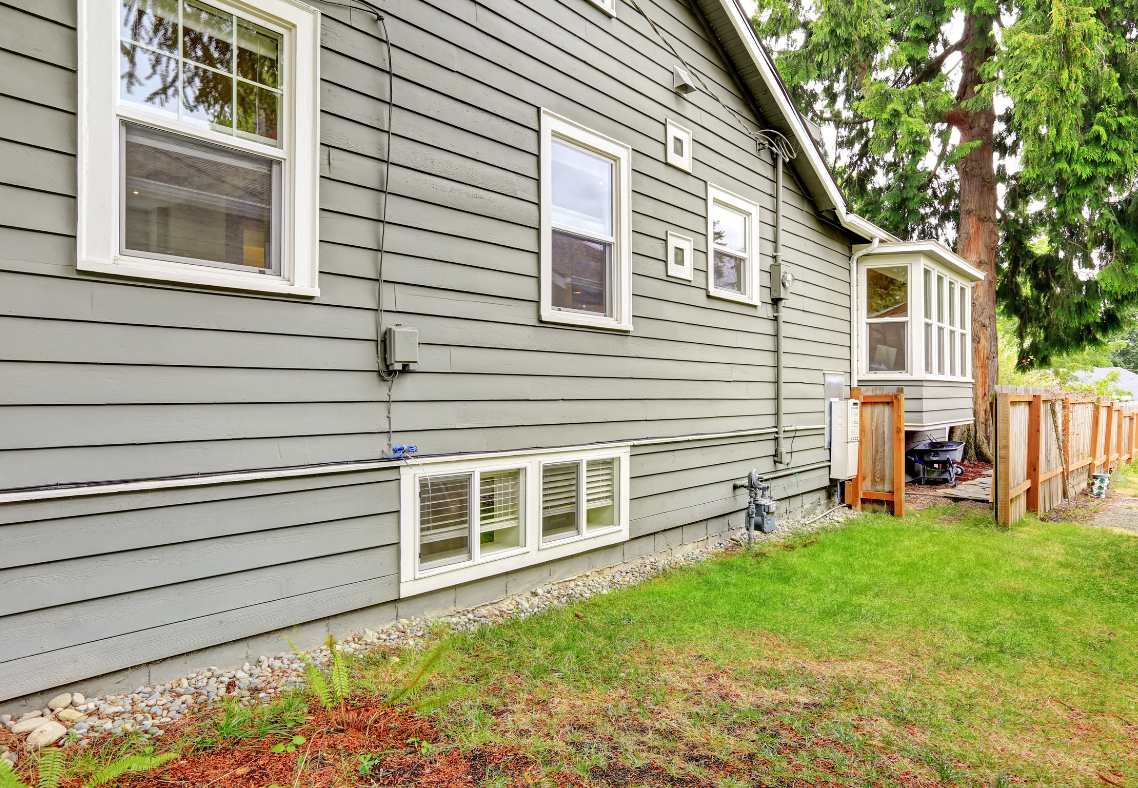How To Fix Siding Coming Off Of The House?
Roof Right: Exterior Home Remodeling Specialists in Maryland Contact UsSchedule A Free EstimateDiscovering that your siding is coming off your house can be a cause for concern for homeowners in Carroll County, Maryland. Whether it’s due to age, severe weather conditions, improper installation, or other factors, addressing this issue promptly is essential to maintain the structural integrity and curb appeal of your home. In this detailed guide, we’ll walk you through the steps to effectively repair siding that has come loose or detached from your house.
Answering The Question: How To Fix Siding Coming Off Of The House?
Assessing the Damage
The first step in repairing siding that is coming off your house is to assess the extent of the damage. Carefully examine the affected area to determine whether the siding is partially loose, completely detached, or if there are sections that are warped, cracked, or otherwise compromised. Understanding the scope of the problem will help you plan the necessary repairs and ensure a thorough restoration of your home’s exterior.
Tools and Materials Needed
Before you begin the repair process, gather the following tools and materials:
- Hammer: For driving nails securely into place.
- Nails: Galvanized or stainless steel siding nails to ensure durability.
- Utility Knife: For precise cutting and trimming of siding.
- Pry Bar: To gently remove loose siding without causing further damage.
- Level: To check and maintain straight alignment during installation.
- Caulk Gun and Exterior Caulk: To seal gaps and joints and prevent water infiltration.
- Replacement Siding: Ensure it matches the style, color, and texture of your existing siding.
- Safety Gear: Gloves, safety glasses, and a stable ladder for working at height safely.
Step-by-Step Repair Process
1. Remove Loose Siding
Using a pry bar or your hands, carefully remove any loose siding from the wall. Take caution not to damage the surrounding siding panels or trim during this process. If the siding is still intact but loose, attempt to reattach it without fully removing it from the wall.
2. Inspect and Prepare the Area
Once the loose siding has been removed, inspect the underlying area for any signs of moisture damage, rot, or mold. Address these issues as needed before proceeding with the siding repair to ensure a stable and clean surface for reattachment.
Clean the exposed area thoroughly to remove dirt, debris, and old caulking. This step is crucial for achieving a secure and long-lasting repair.
3. Reattach the Siding
Depending on the type of siding and the extent of the damage, you have several options for reattachment:
- Using Nails: Align the siding panel with the adjacent panels and use galvanized or stainless steel siding nails to secure it back into place. Position the nails in the nailing flange or overlapping area of the siding to ensure a secure hold that withstands weather and time.
- Using Clips or Hooks: Some siding systems feature clips or hooks designed for easy reinstallation. Follow the manufacturer’s instructions for proper use and placement to achieve a secure attachment.
- Replacing Damaged Sections: If the siding is too damaged or cannot be reattached securely, you may need to replace the entire section with new siding. Measure and cut the replacement piece using a utility knife to match the dimensions of the damaged section. Slide the new siding into place, ensuring it fits snugly and aligns seamlessly with the existing siding.
4. Seal and Caulk
Once the siding is securely reattached or replaced, apply exterior caulk around the edges and joints to seal any gaps and prevent moisture penetration. Use a caulking gun to apply a continuous bead of caulk, ensuring thorough coverage along the entire length of the repair area.
Smooth the caulk with a utility knife or putty knife to create a clean and seamless finish. This step not only enhances the aesthetic appeal of the repair but also provides essential protection against water damage and weather elements.
5. Inspect and Test
After completing the repair, conduct a thorough inspection of the entire area to ensure the siding is properly aligned, securely attached, and adequately sealed with caulk. Gently press on the repaired section to check for any movement or instability. Address any remaining issues promptly to prevent future damage and maintain the integrity of your home’s exterior.
Maintenance Tips
To prolong the lifespan of your siding and prevent future issues:
- Regular Inspections: Perform routine inspections of your siding to identify and address any signs of damage, loosening, or wear and tear.
- Vegetation Management: Trim trees, shrubs, and vines away from your house to prevent branches and foliage from causing damage or abrasions to the siding.
- Cleaning Routine: Wash your siding annually using a soft-bristle brush and mild soap solution to remove dirt, mold, and debris. Avoid using abrasive cleaners or high-pressure washing, as these can damage the siding’s surface and finish.
- Prompt Repairs: Address any issues with siding promptly to prevent minor problems from escalating into larger, costlier repairs. Prompt action can help preserve the appearance and functionality of your home’s exterior.
Contact Roof Right For Siding Repair Services In Carroll County, Maryland
If you’re facing challenges with siding coming off your house or experiencing any other siding-related issues, Roof Right is your trusted partner in Carroll County, Maryland. Our team of skilled professionals specializes in comprehensive siding repair and replacement services tailored to meet your specific needs and preferences.
Don’t wait until minor siding issues become major structural problems. Contact Roof Right today to schedule a consultation with one of our experts. We are committed to delivering superior craftsmanship, exceptional customer service, and ensuring your home’s exterior remains secure, attractive, and well-maintained.
Areas We Serve
If you're looking for a roof contractor in Maryland, give Roof Right a call today at (410)-374-5923 to schedule an appointment!
Carroll County
Howard County
Clarksville, Columbia, Elkridge, Ellicott City, Fulton, Jessup, Laurel, Woodstock
Montgomery County
Baltimore County
Baldwin, Bradshaw, Carney, Cockeysville, Glen Arm, Hunt Valley, Jacksonville, Kingsville, Lutherville, Nottingham, Overlea, Owings Mills, Parkton, Parkville, Perry Hall, Phoenix, Pikesville, Reisterstown, Sparks, Timonium, Towson, White Marsh

